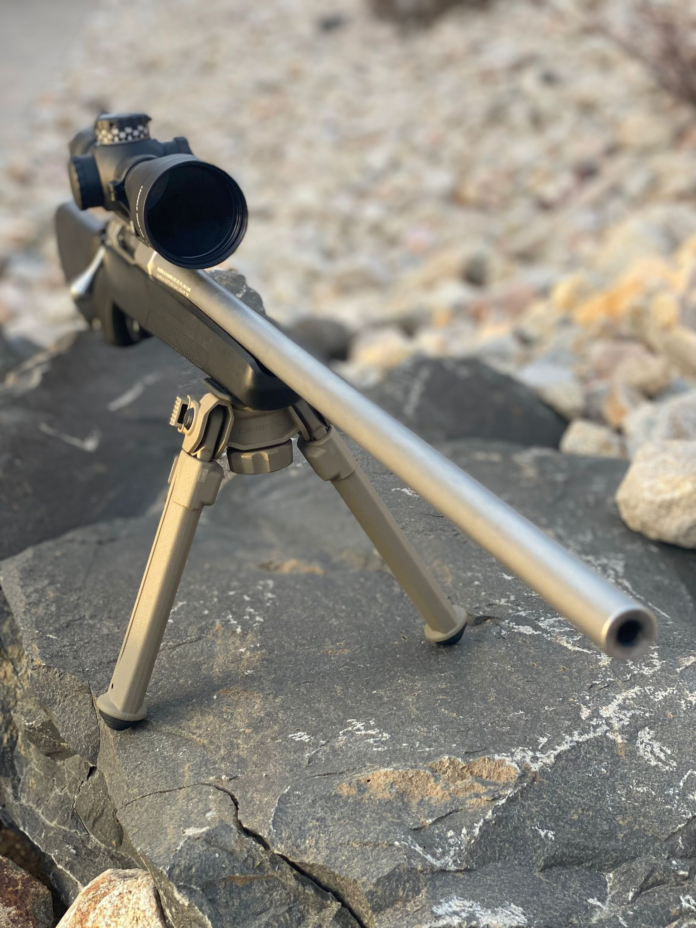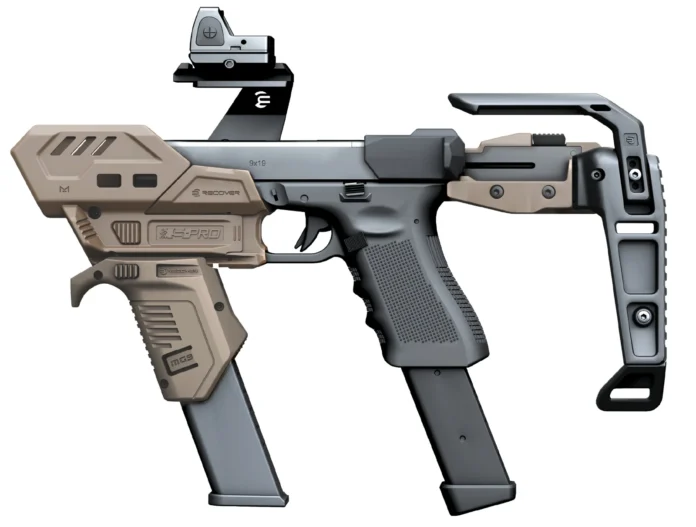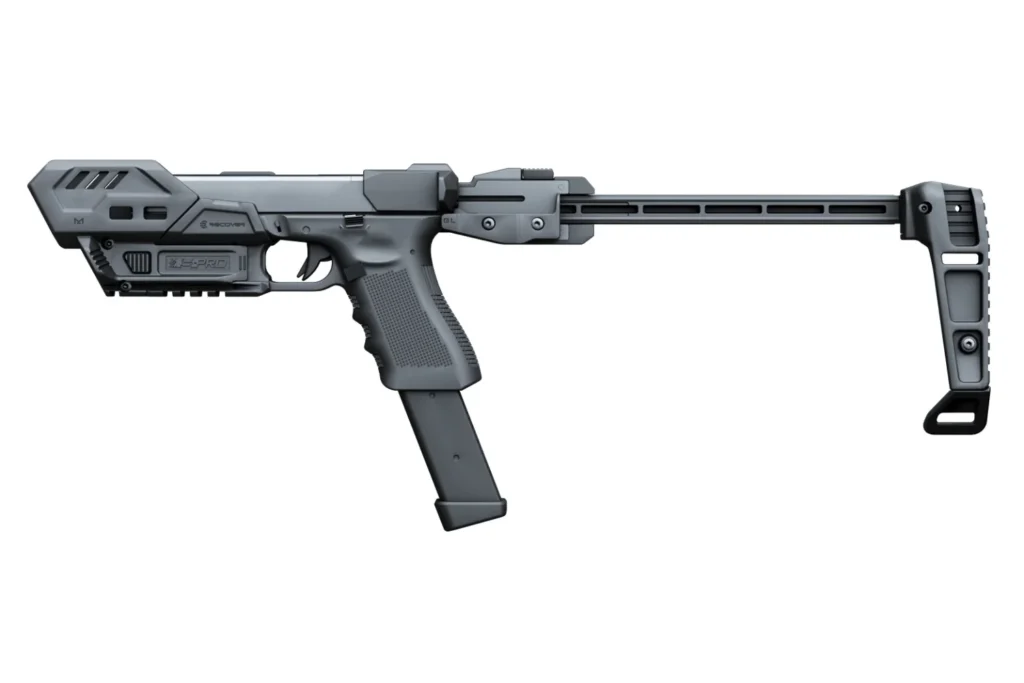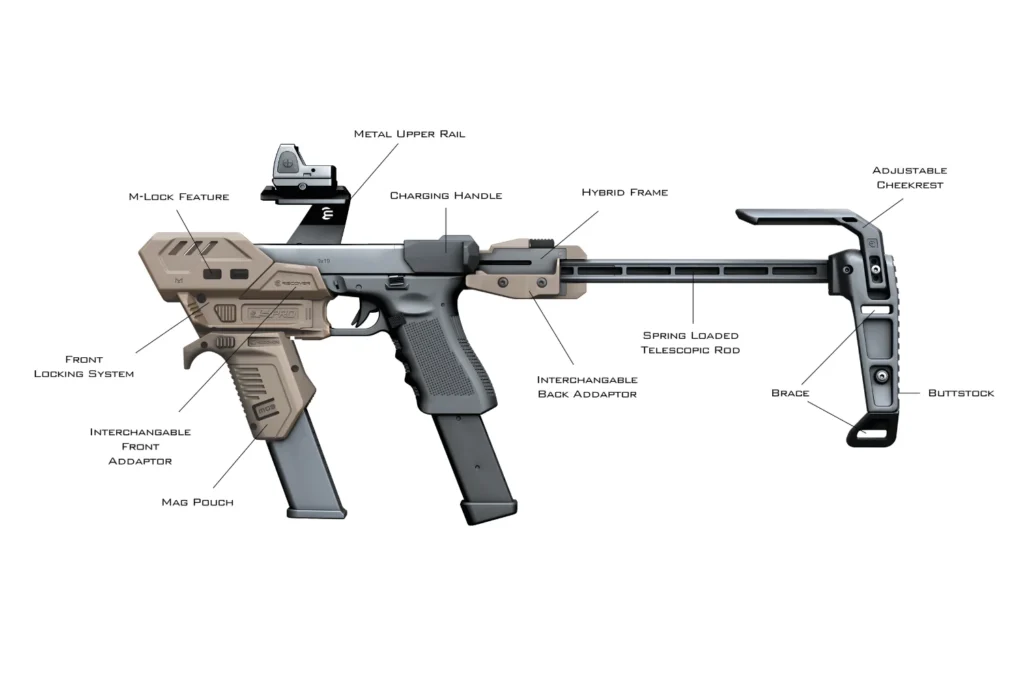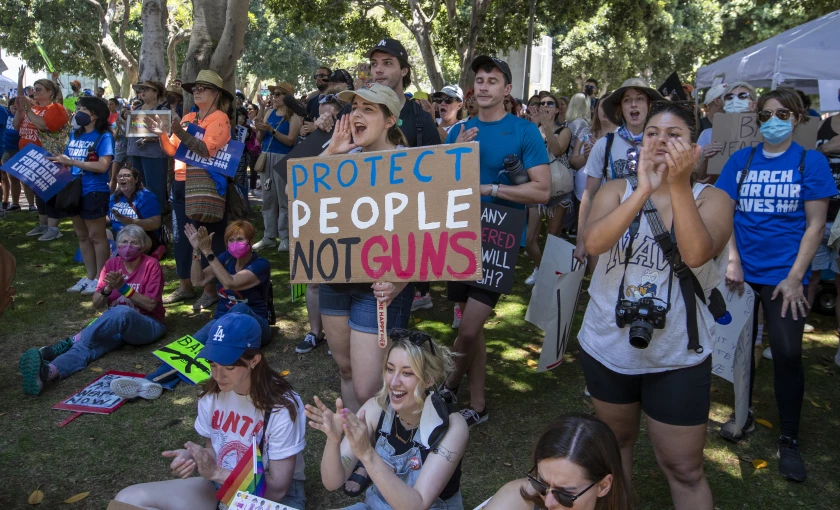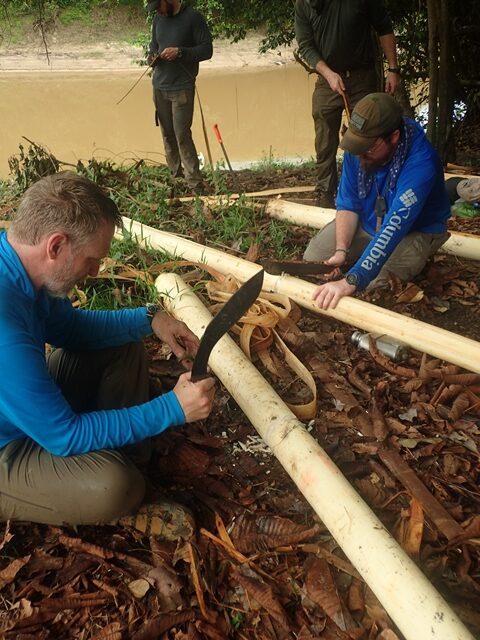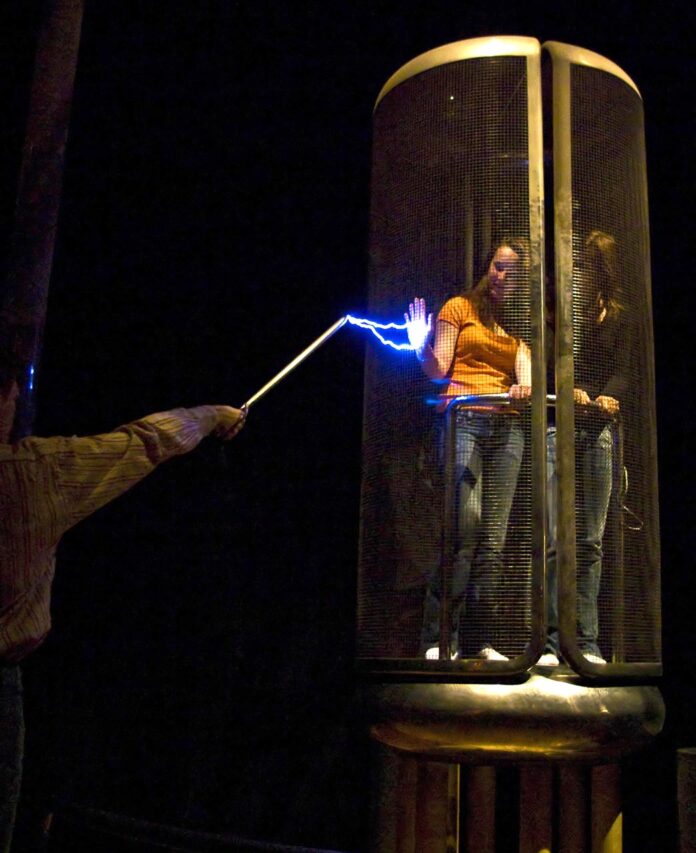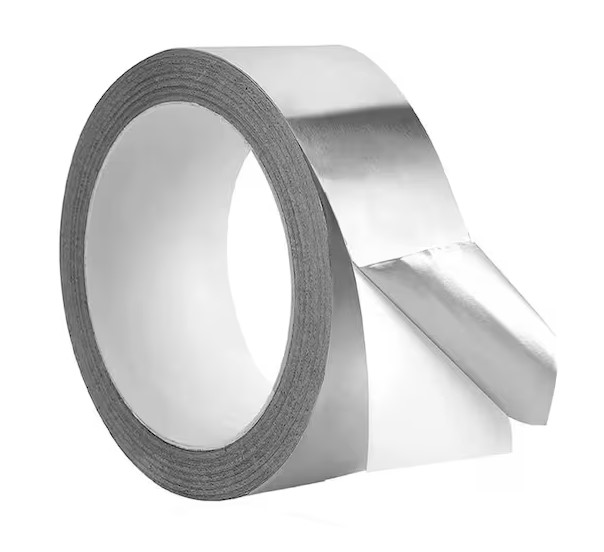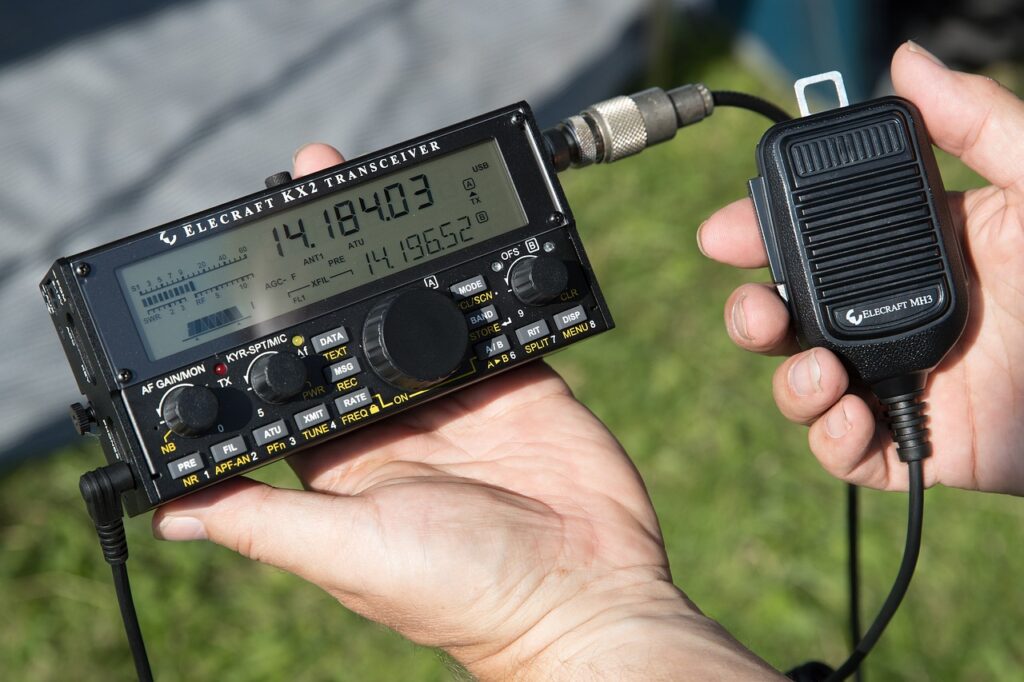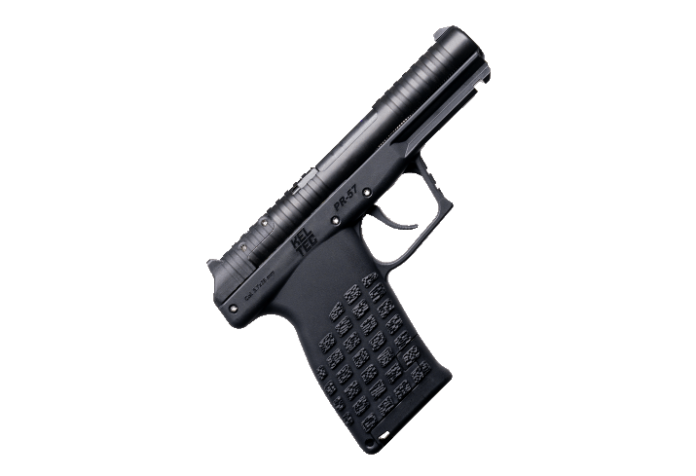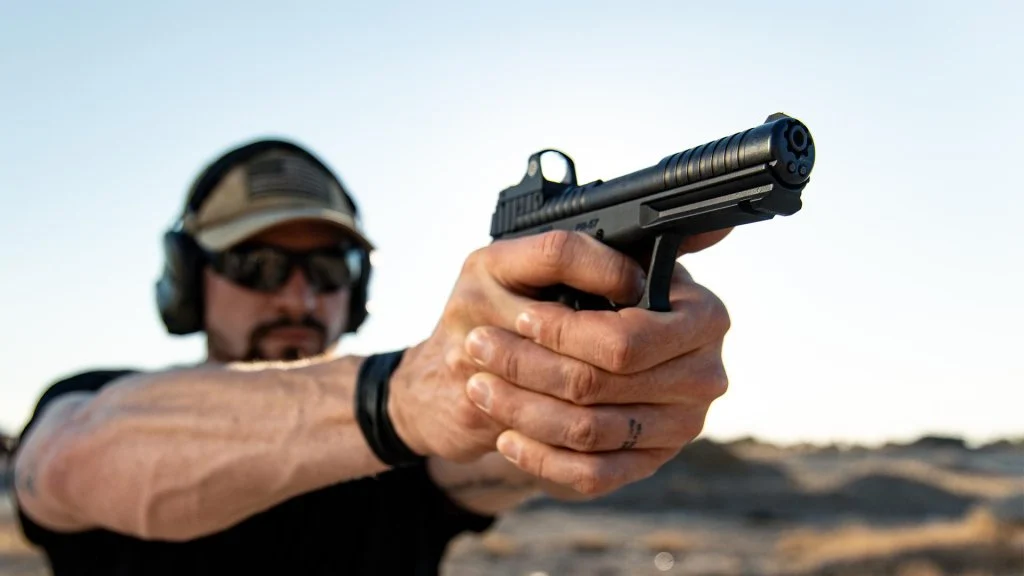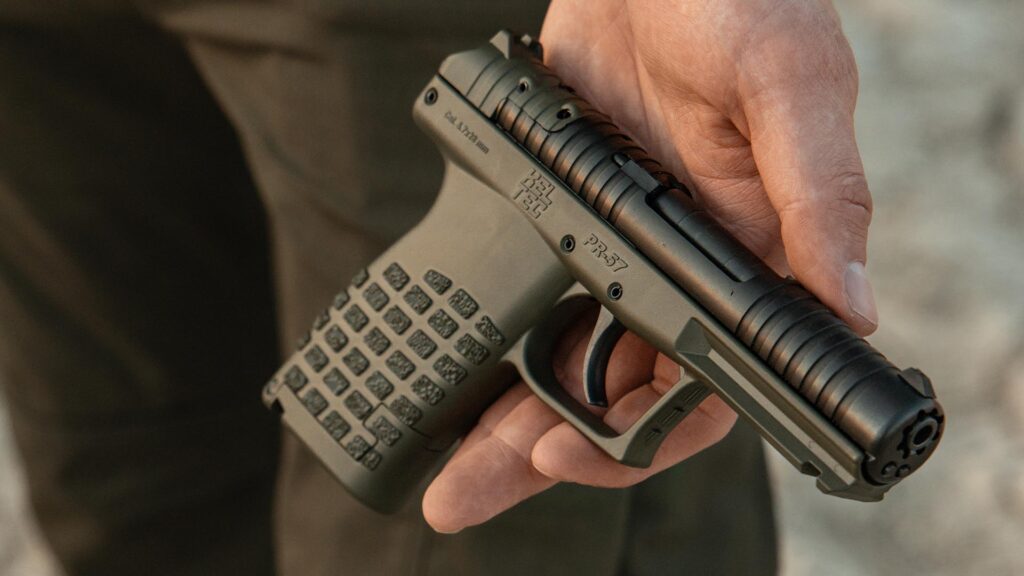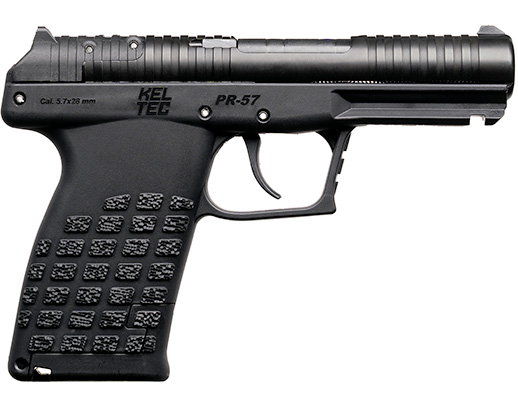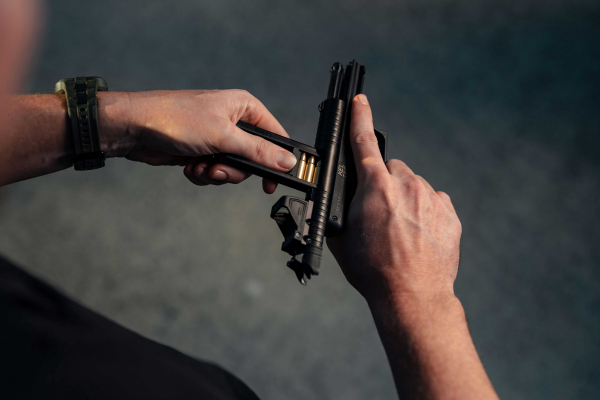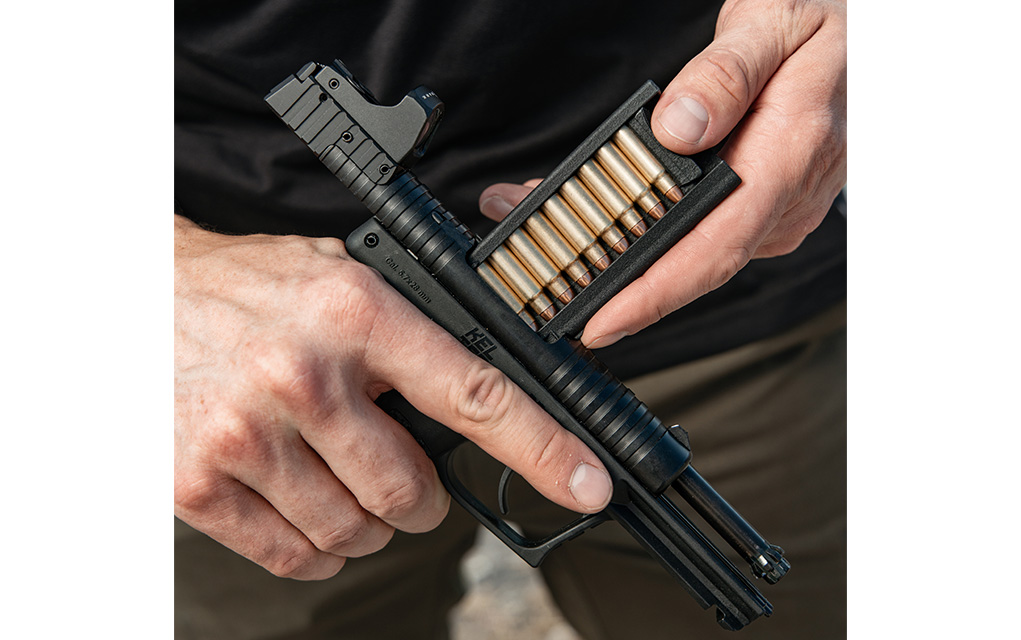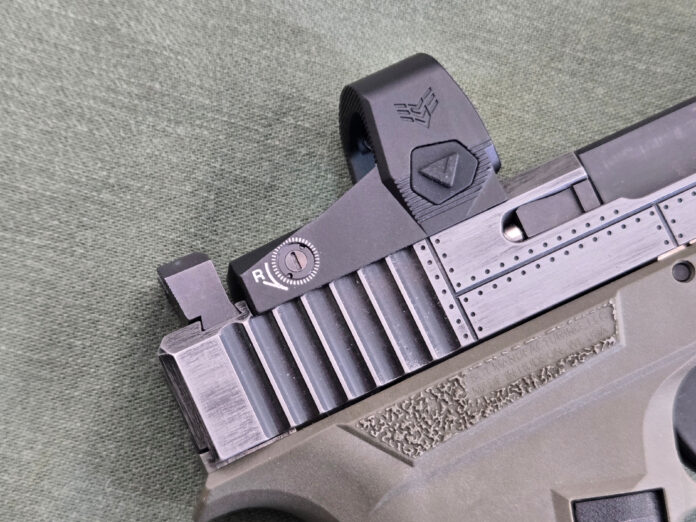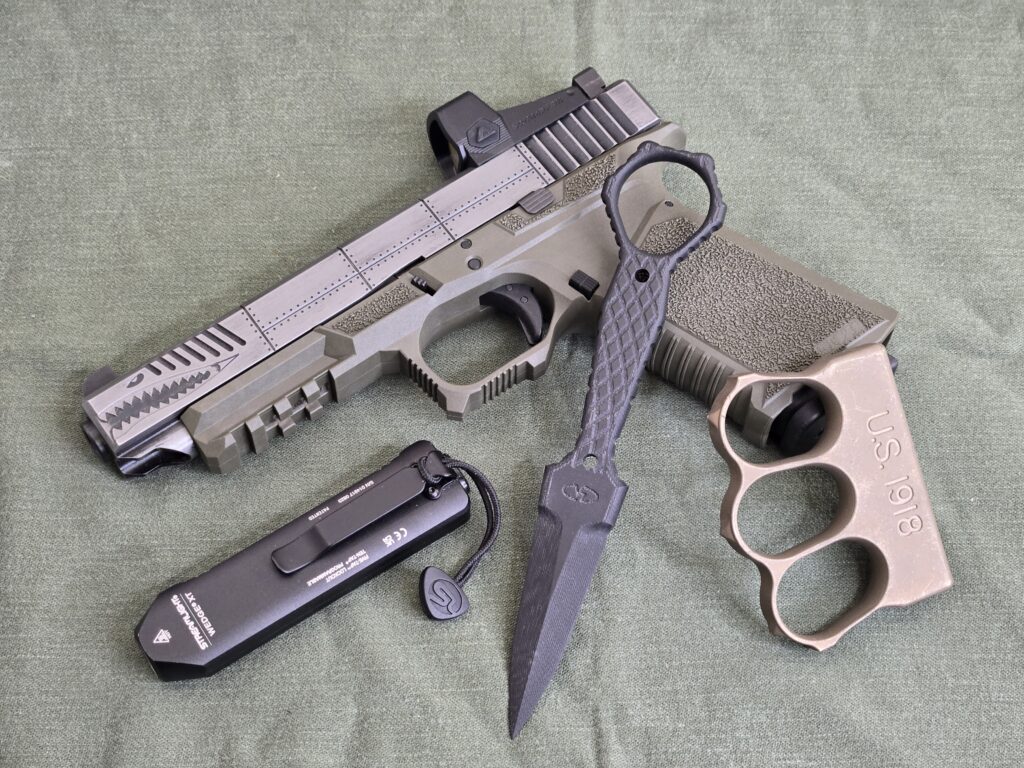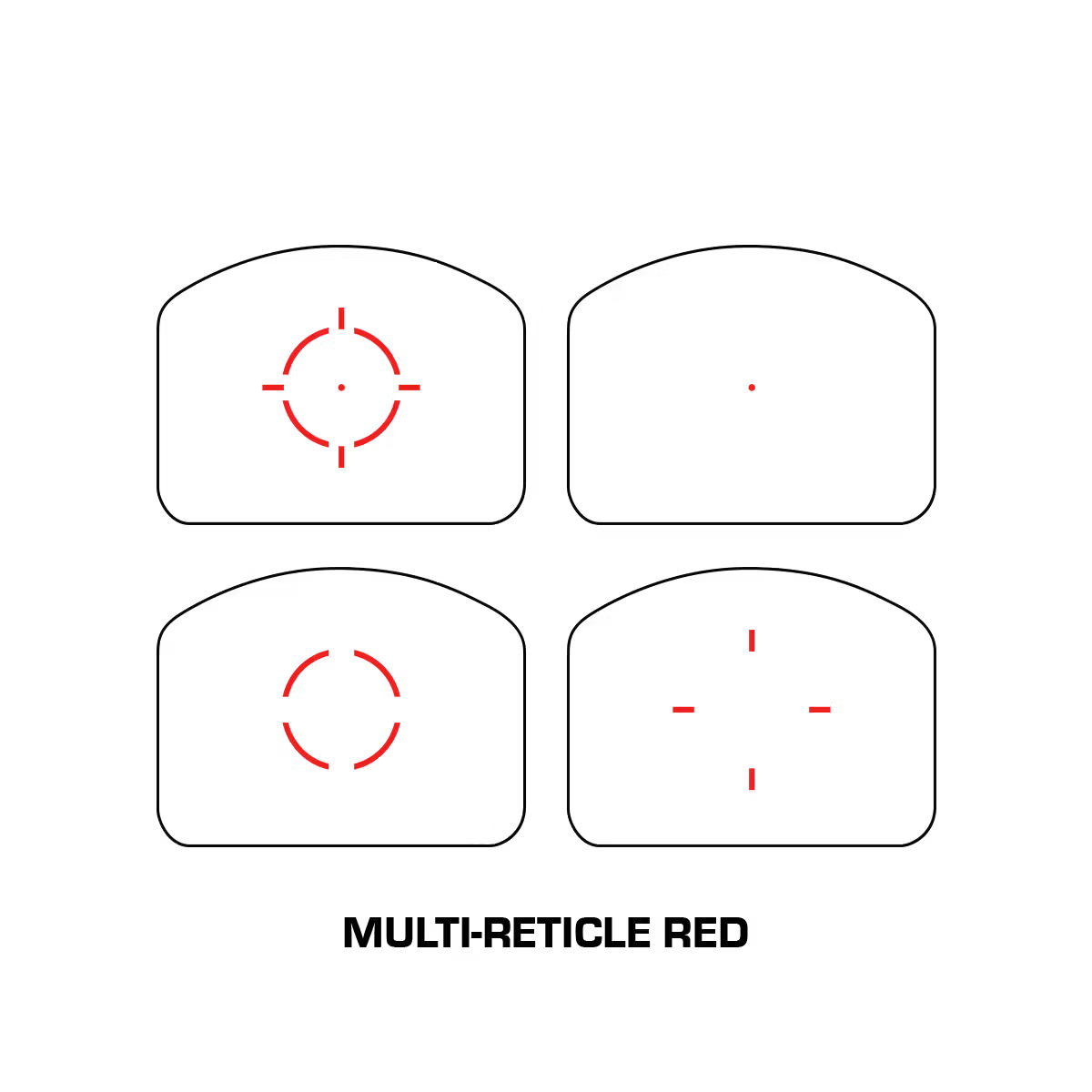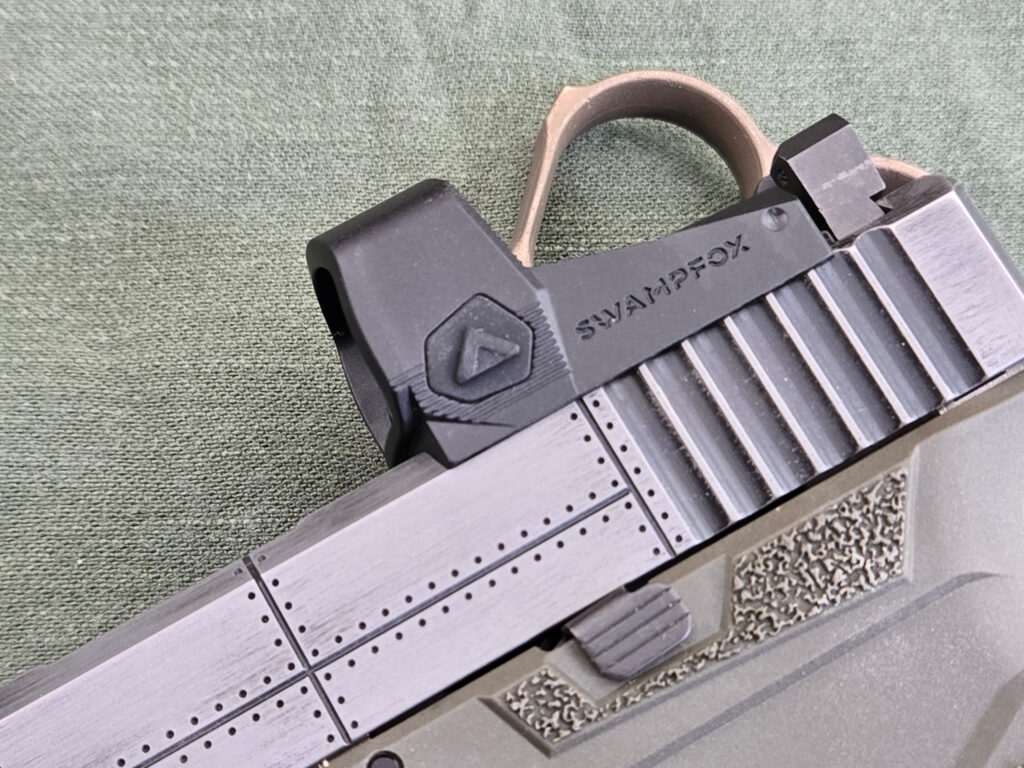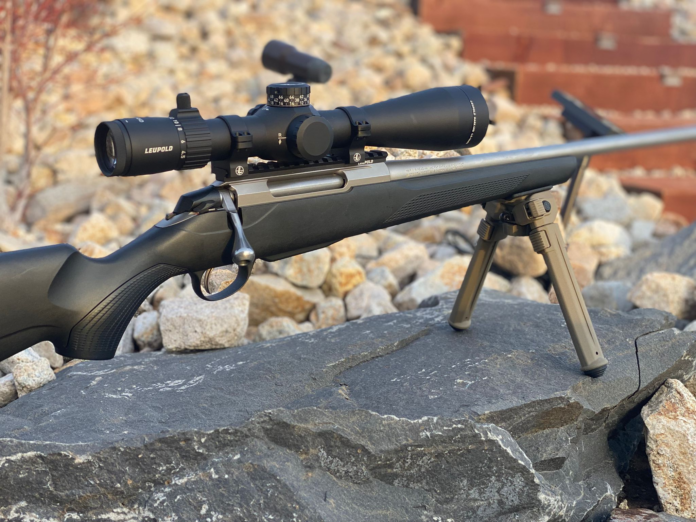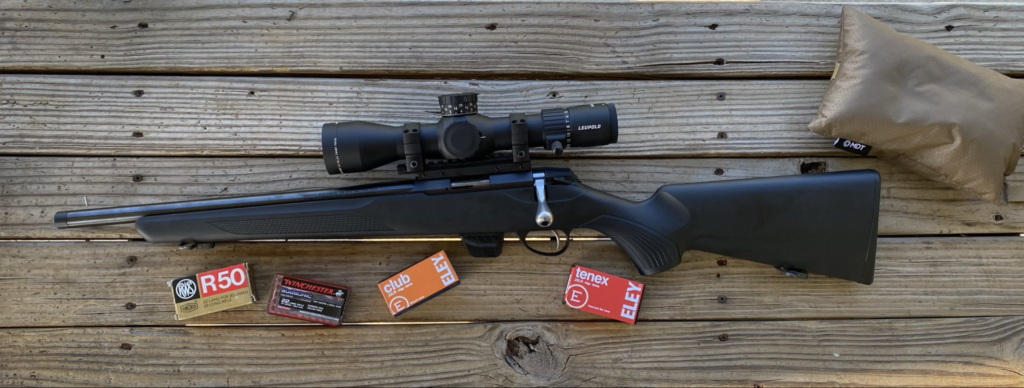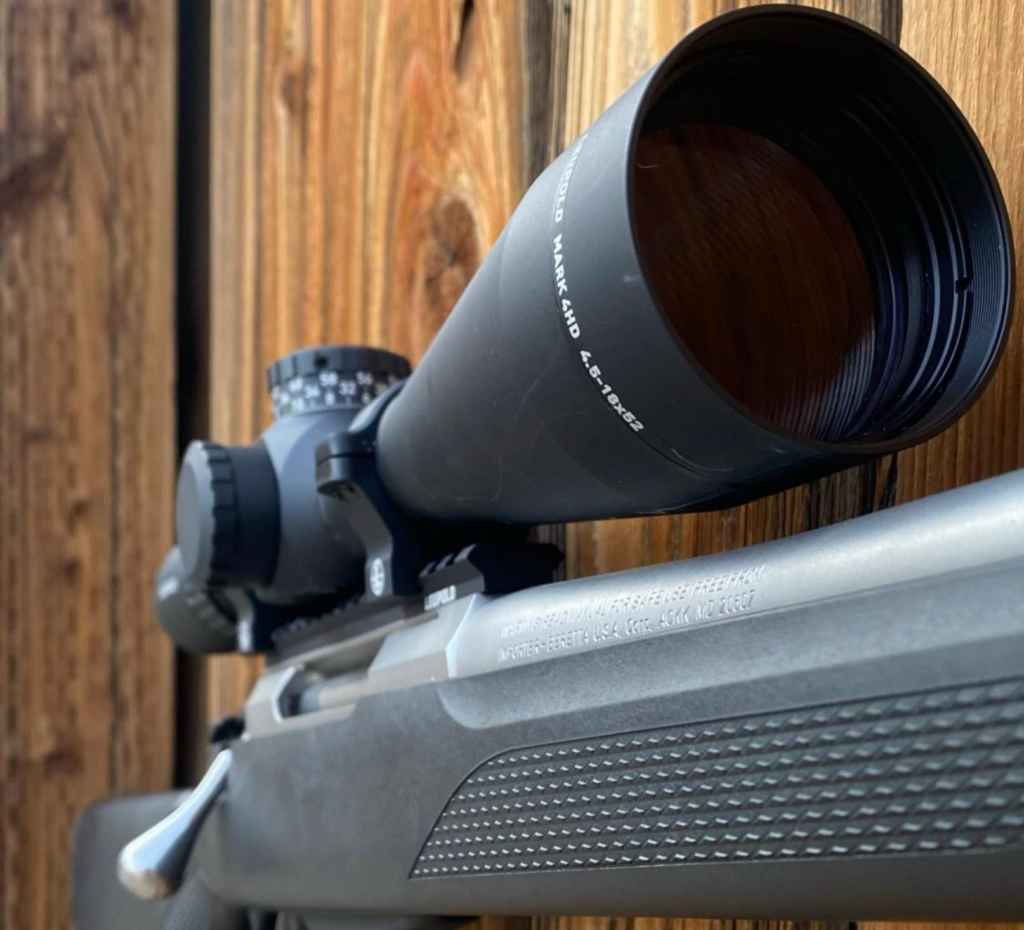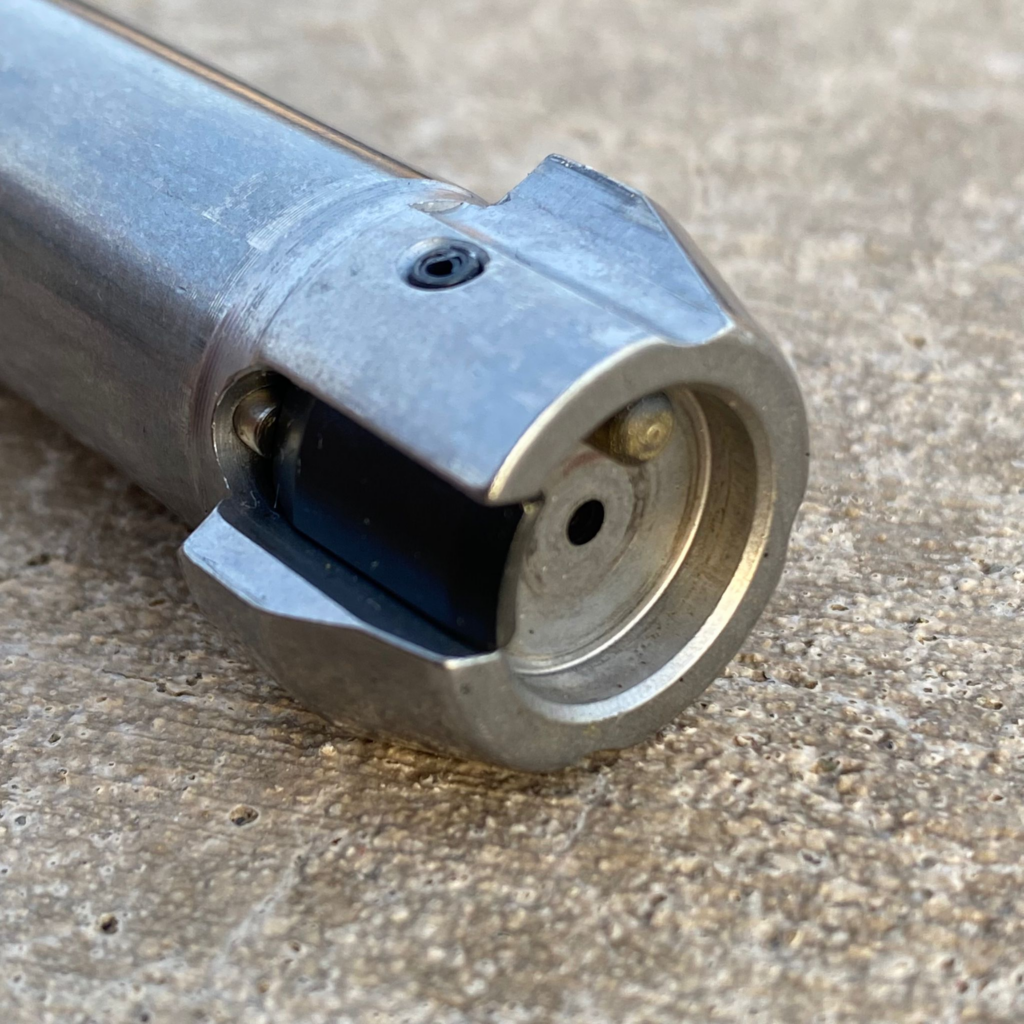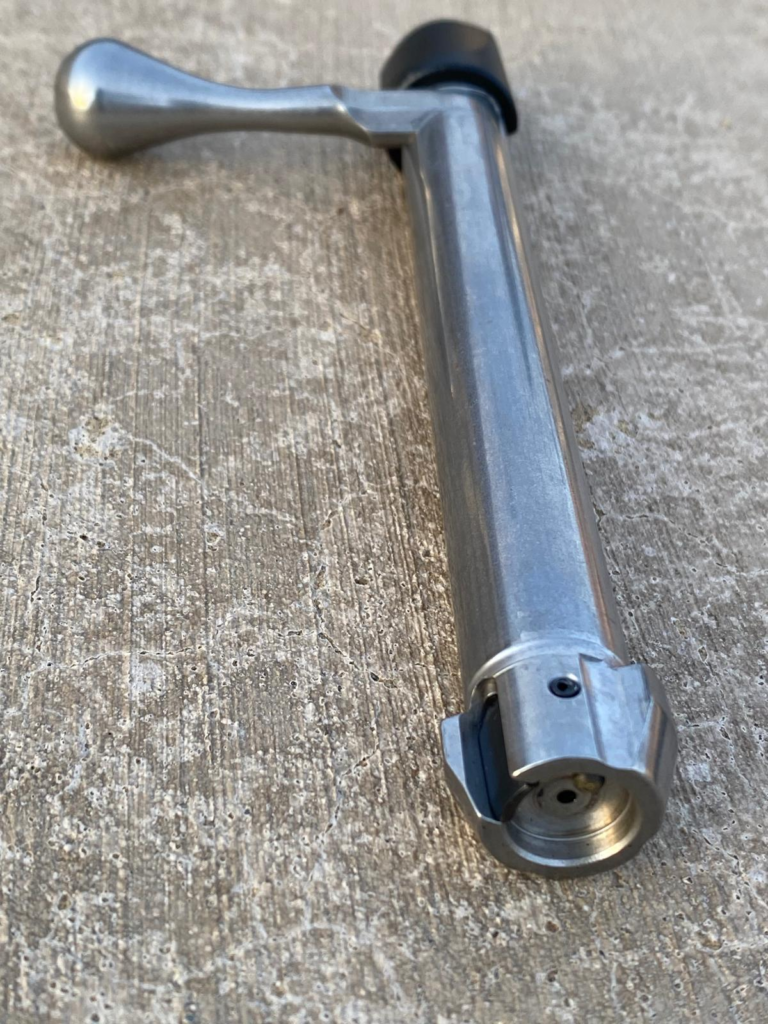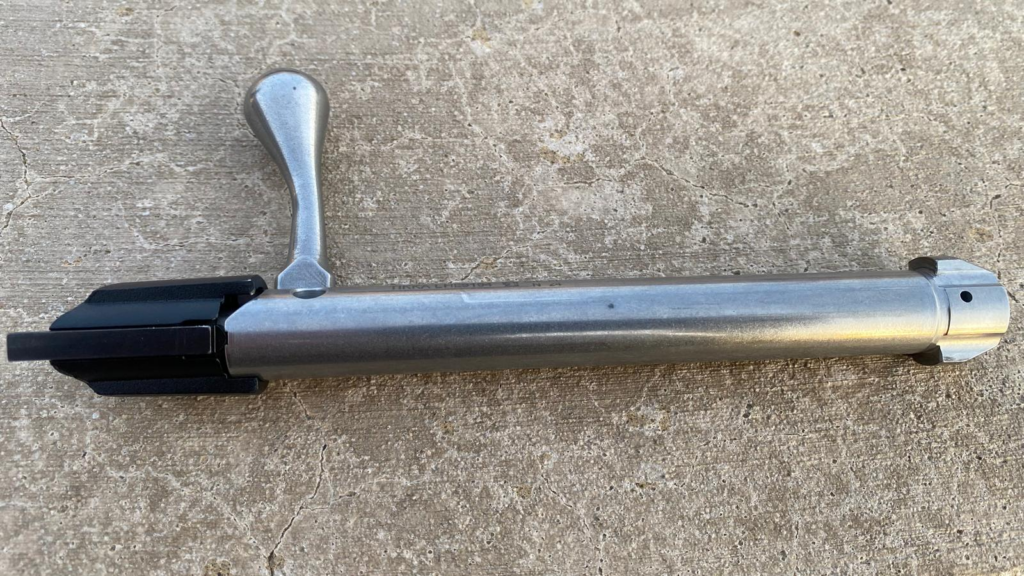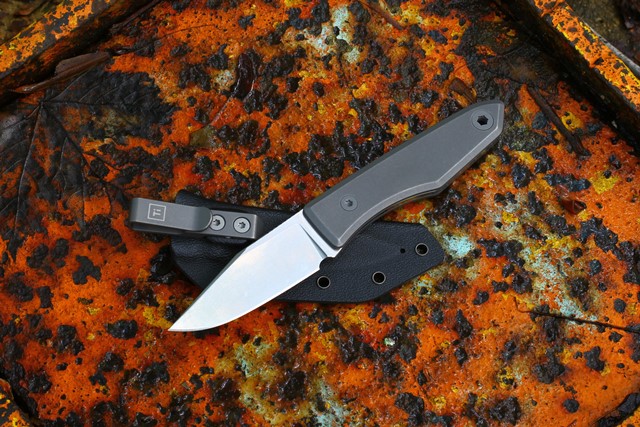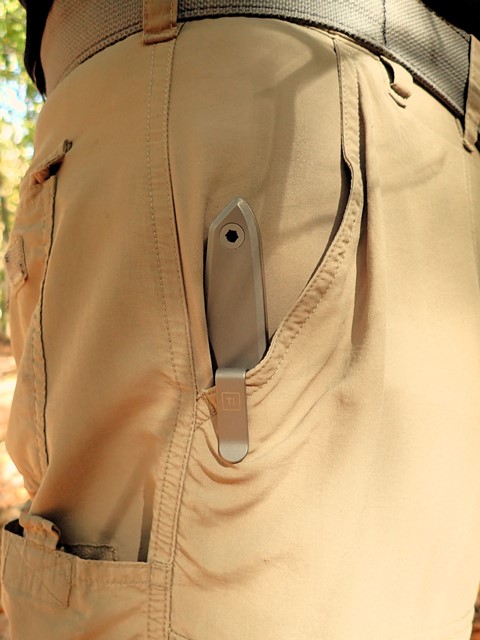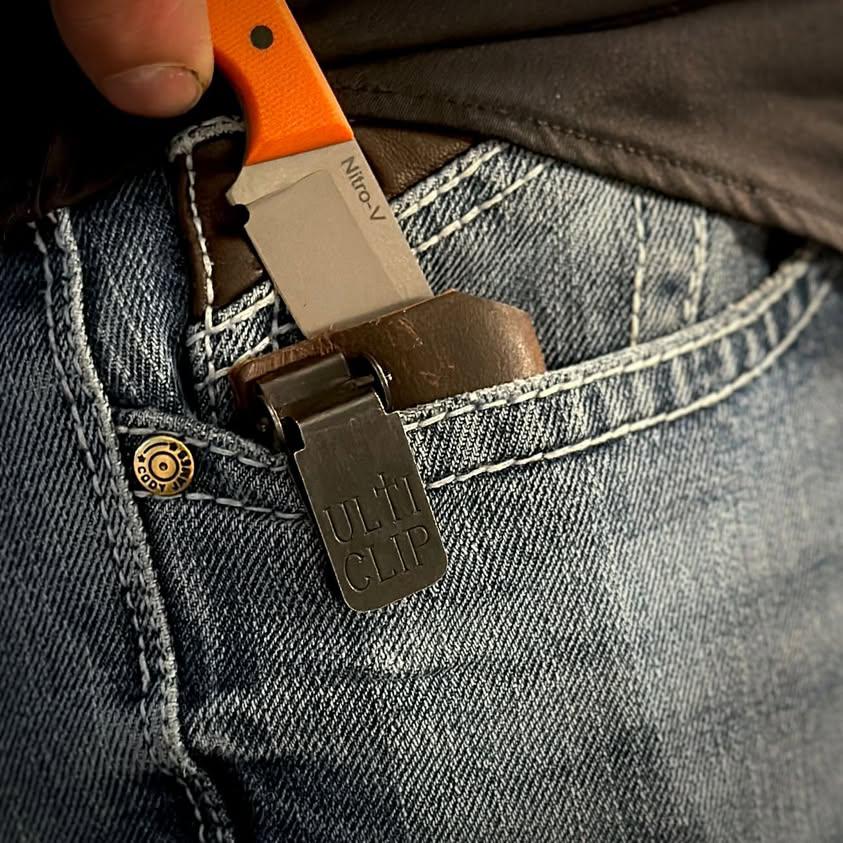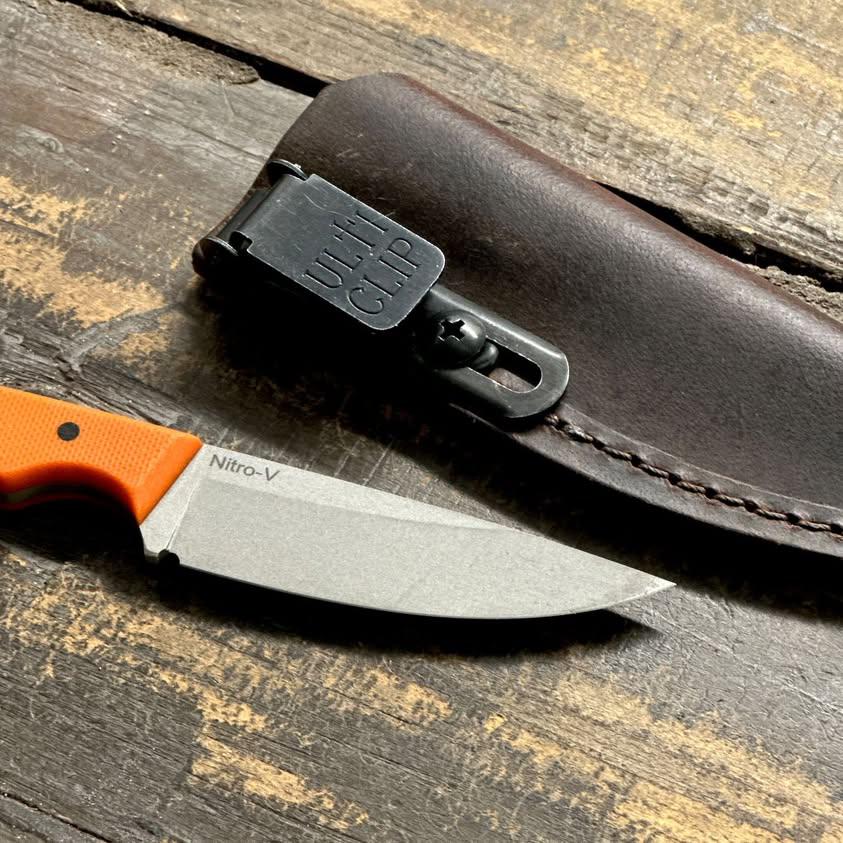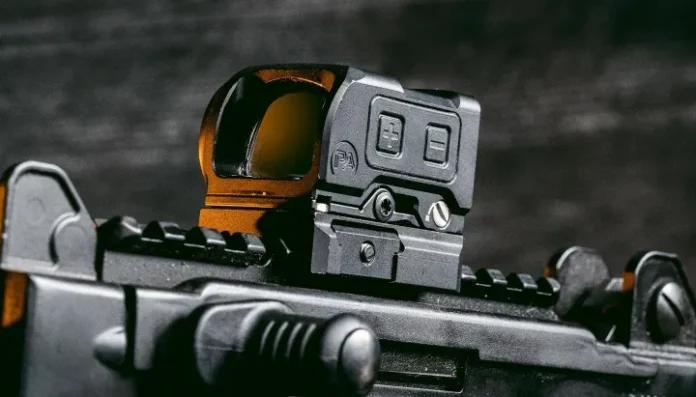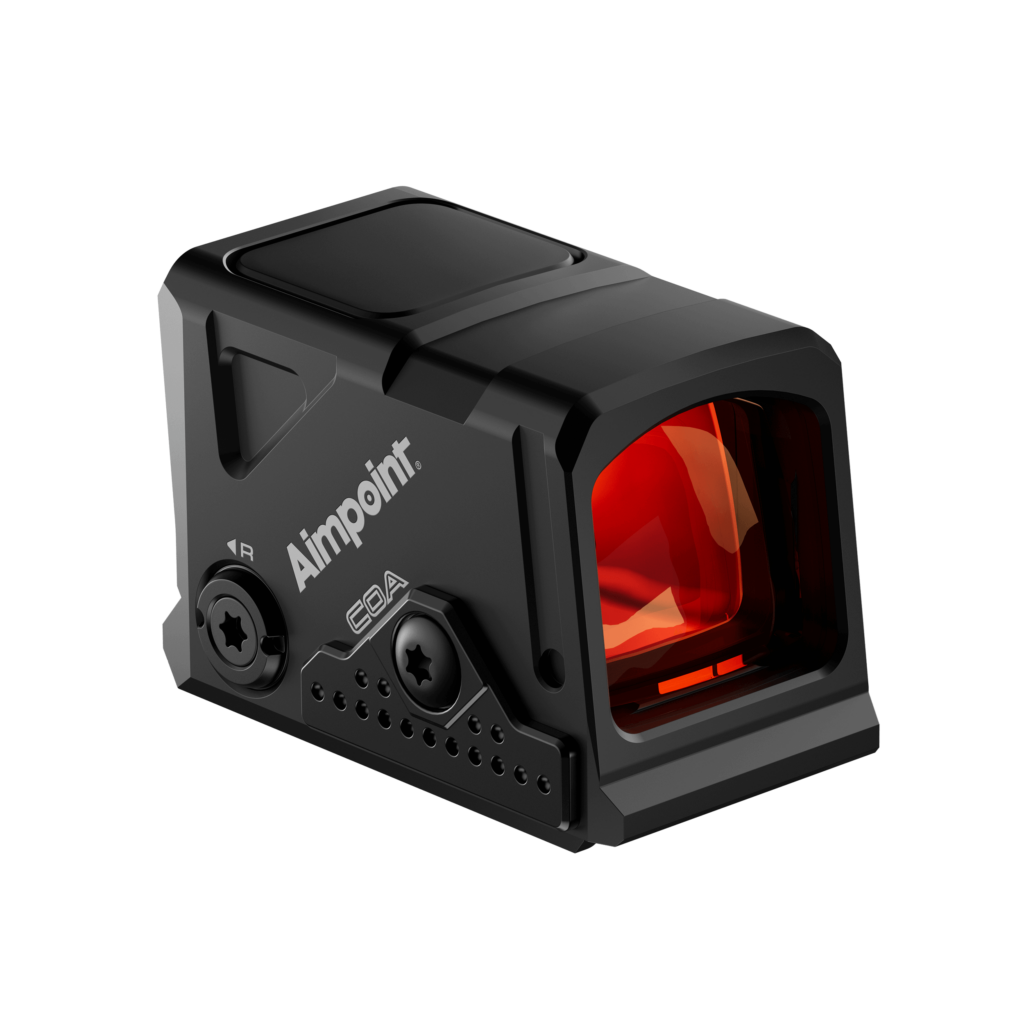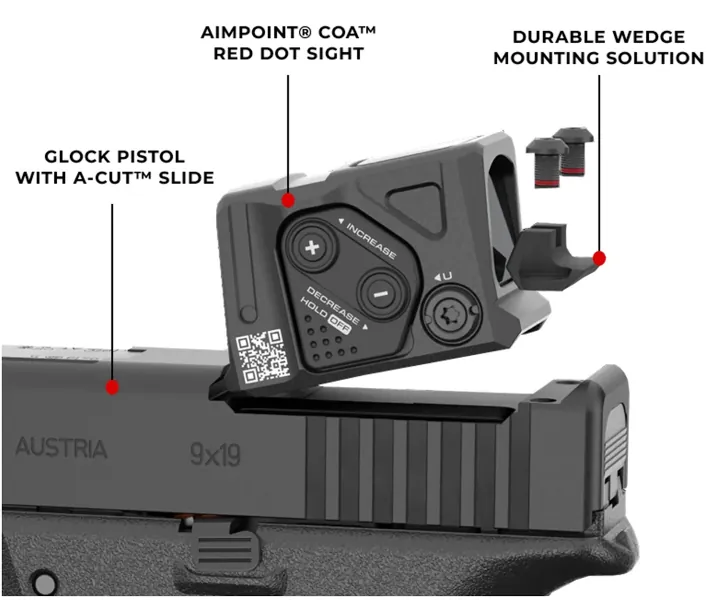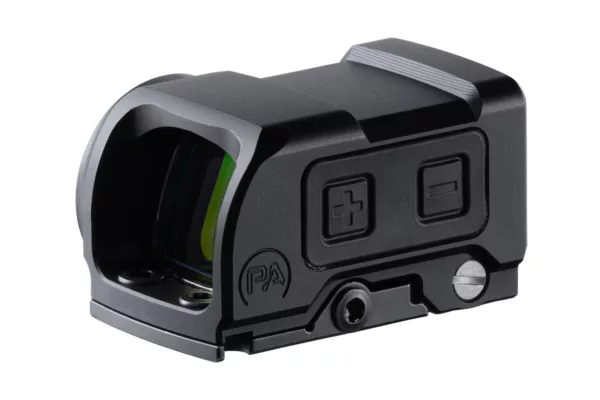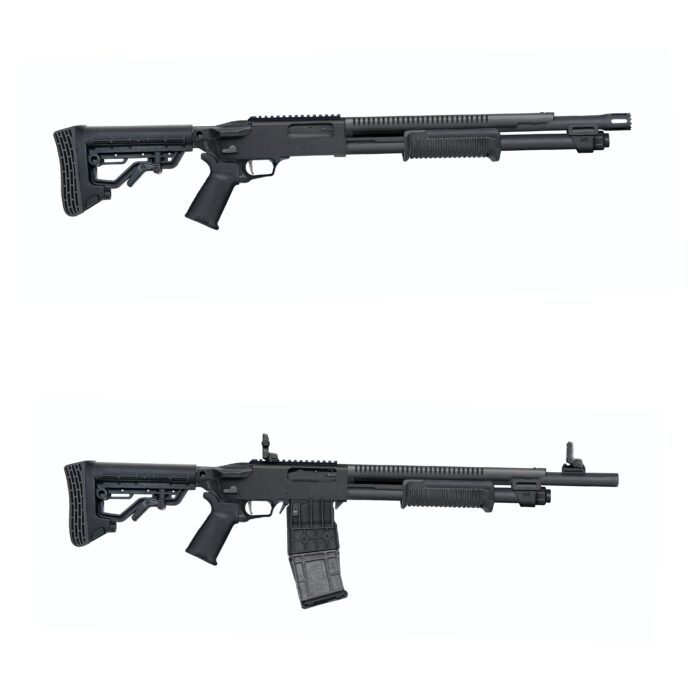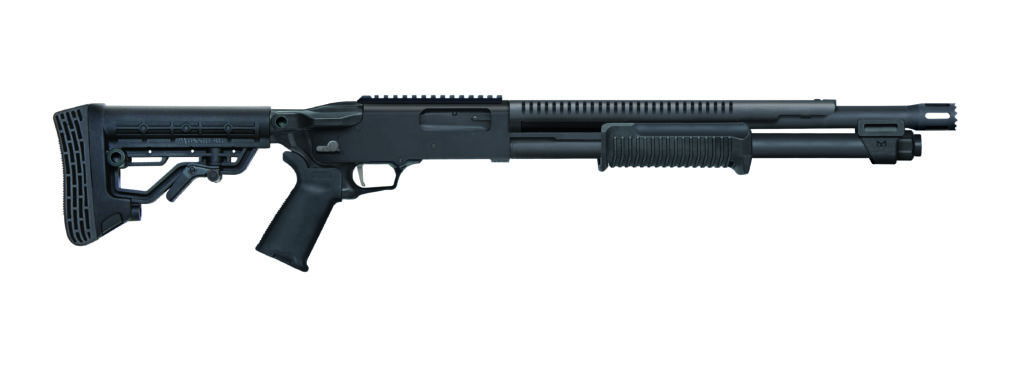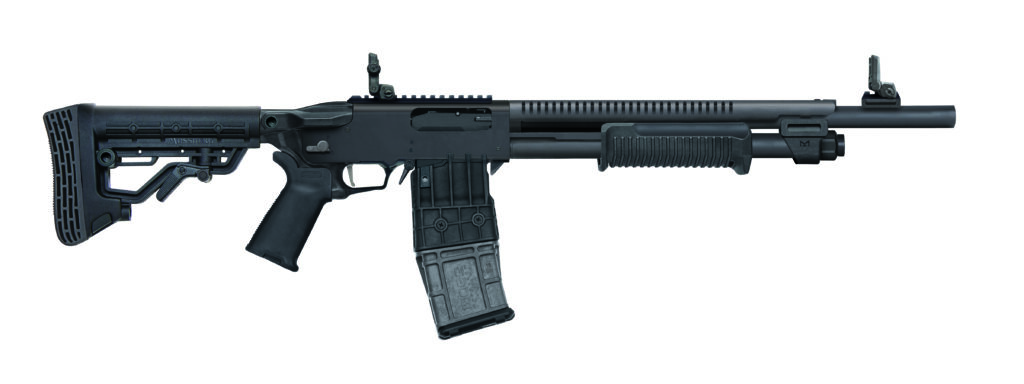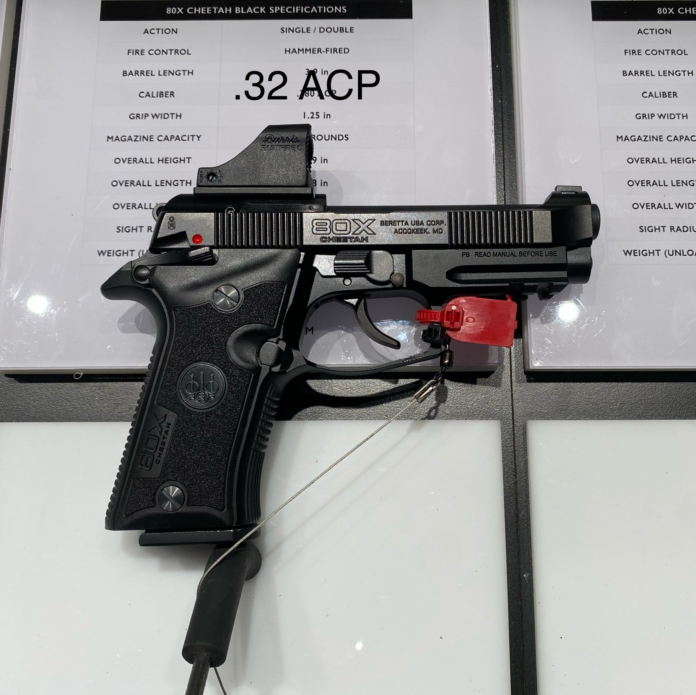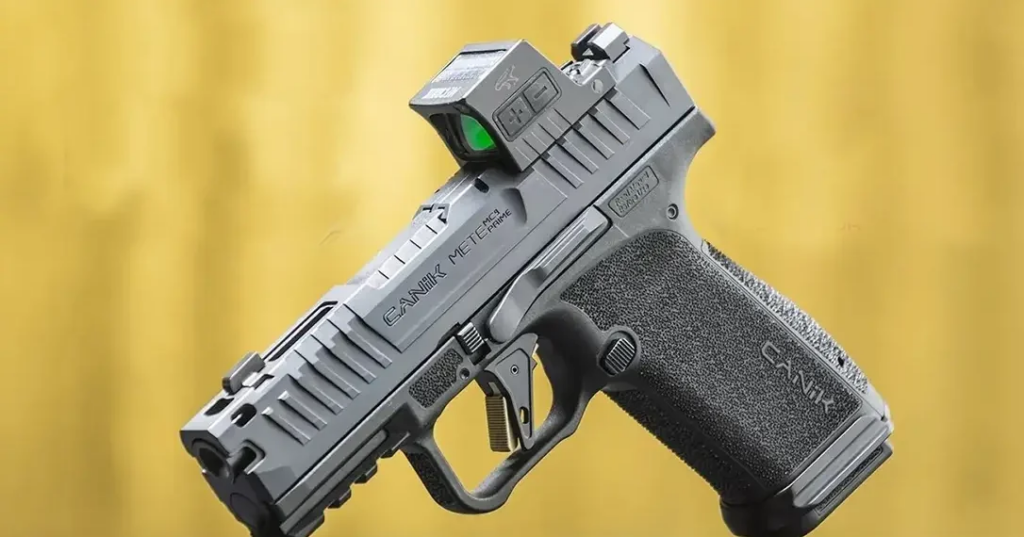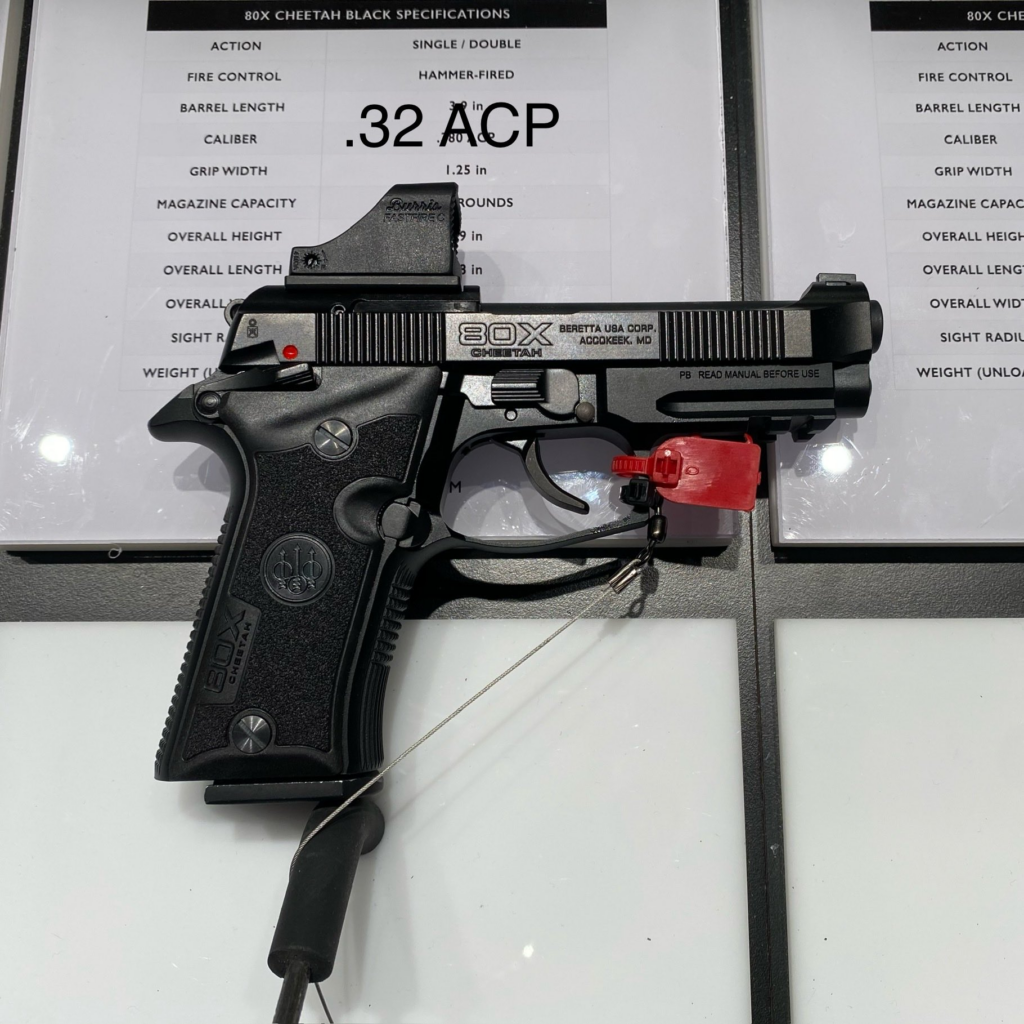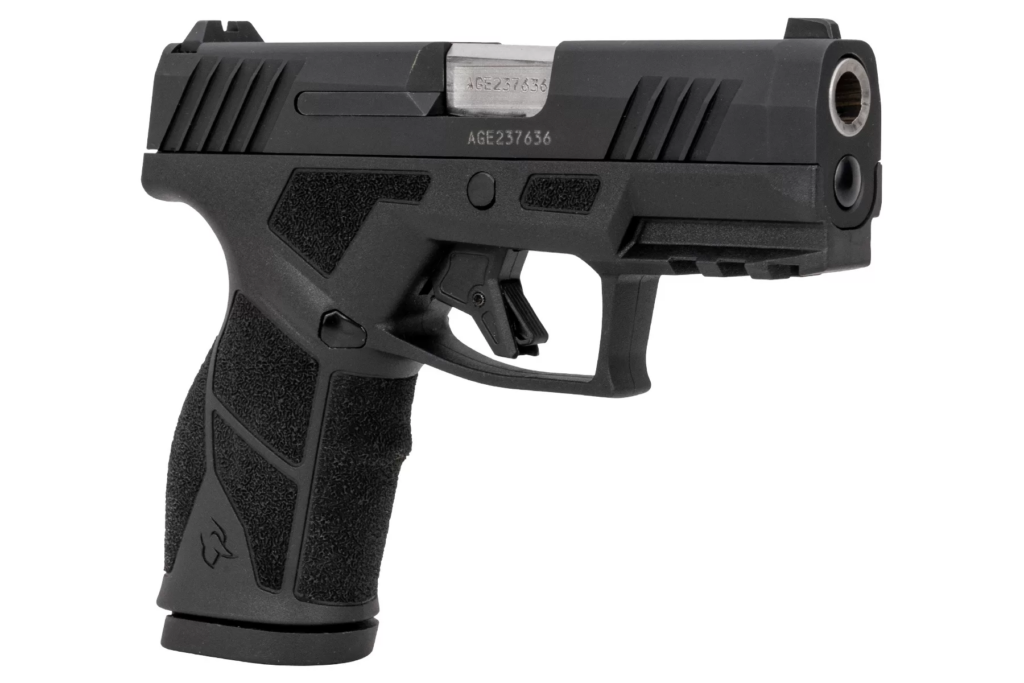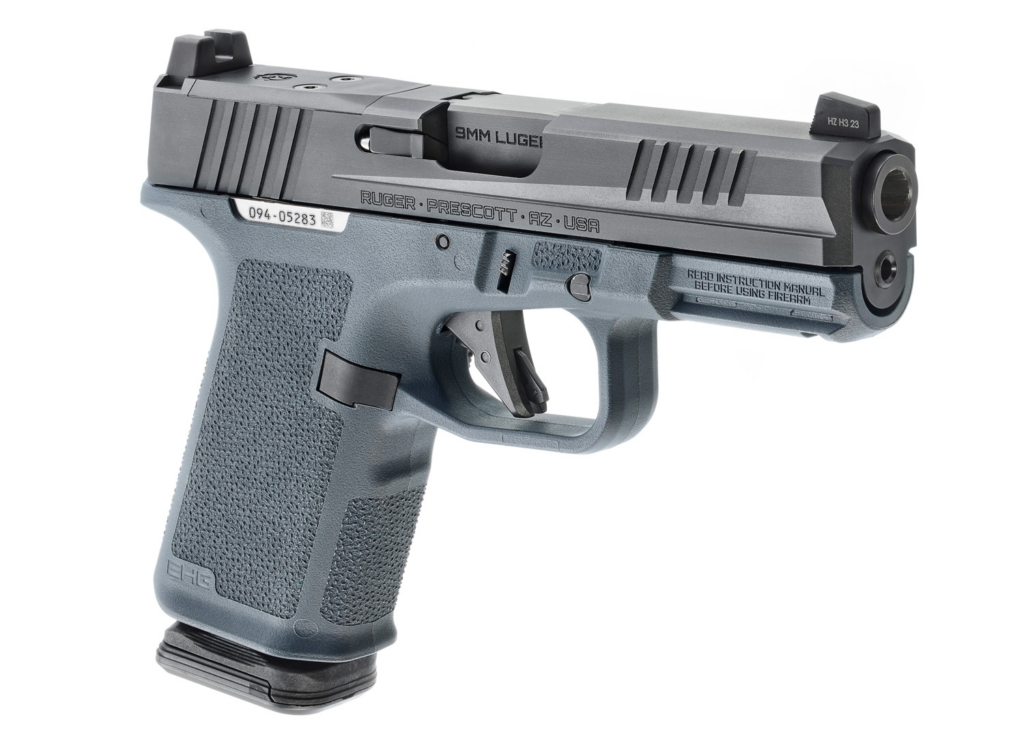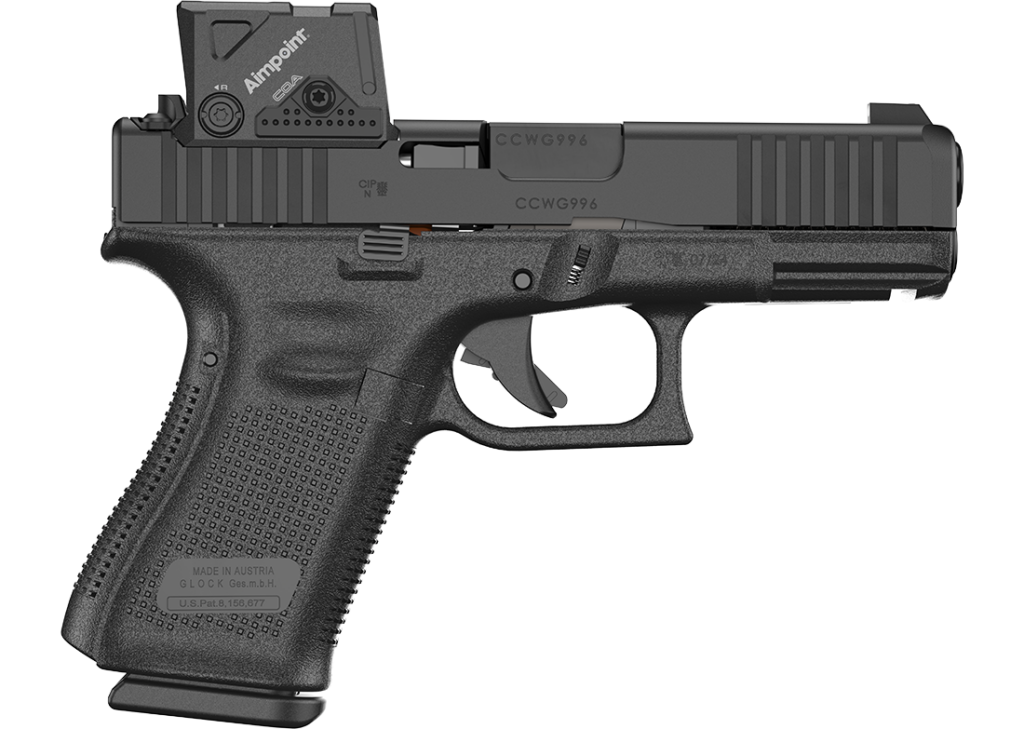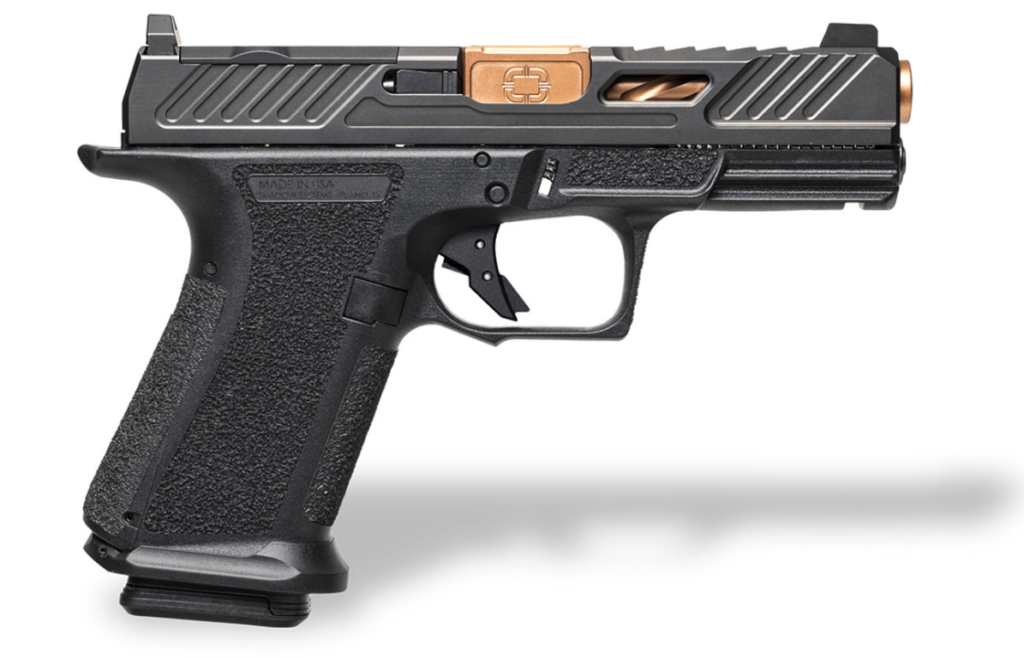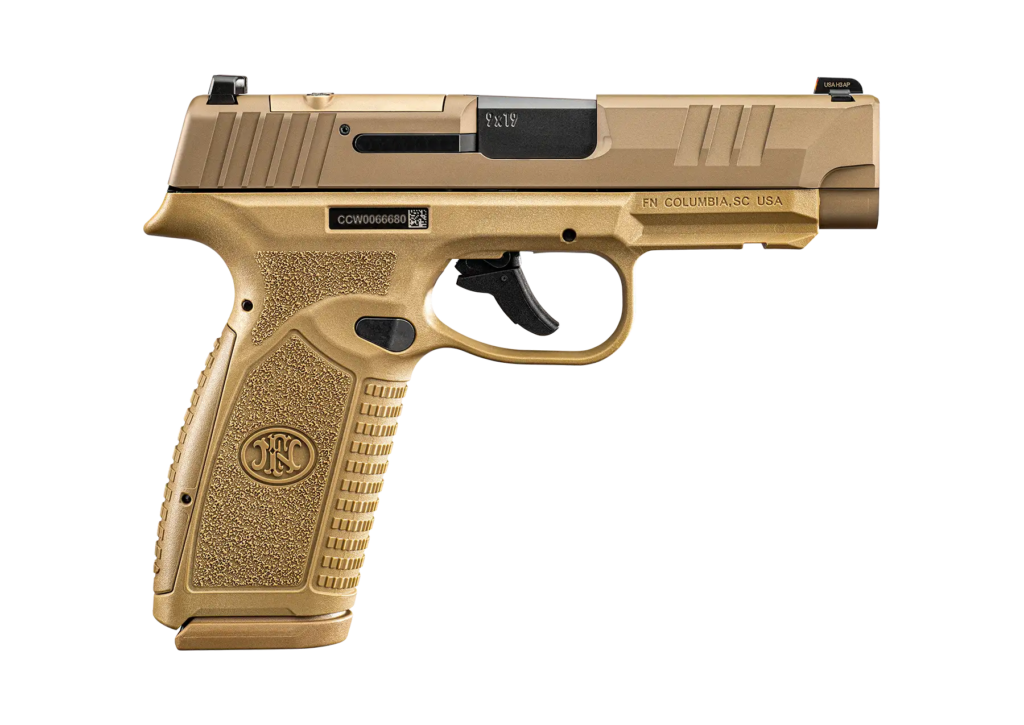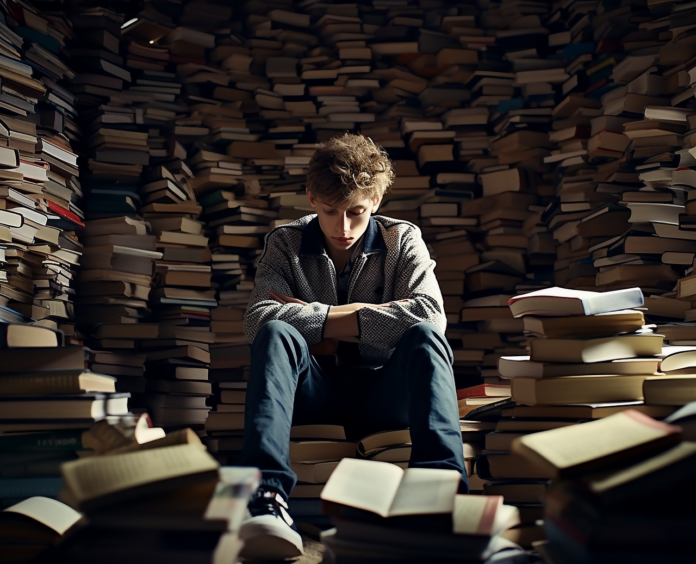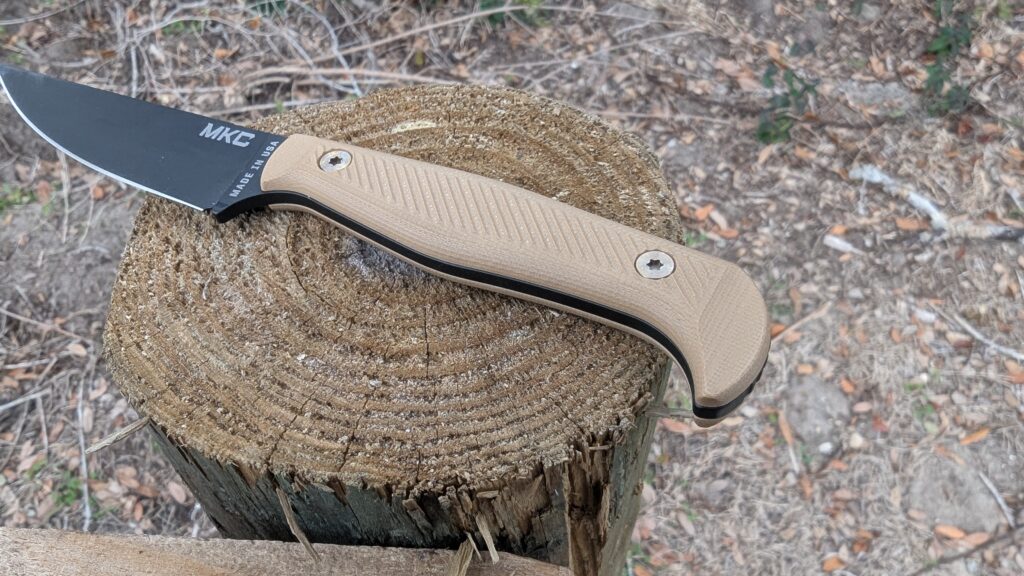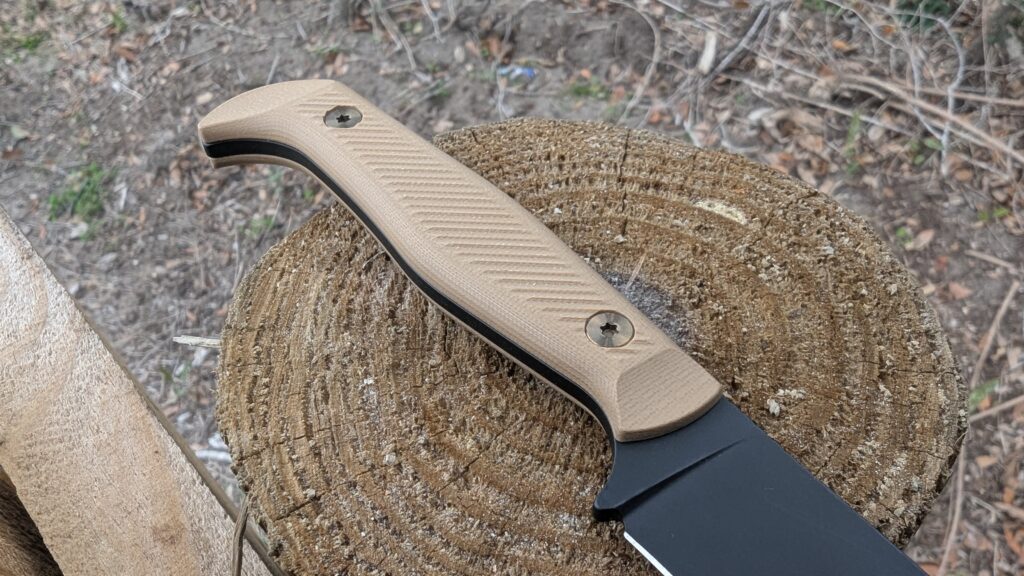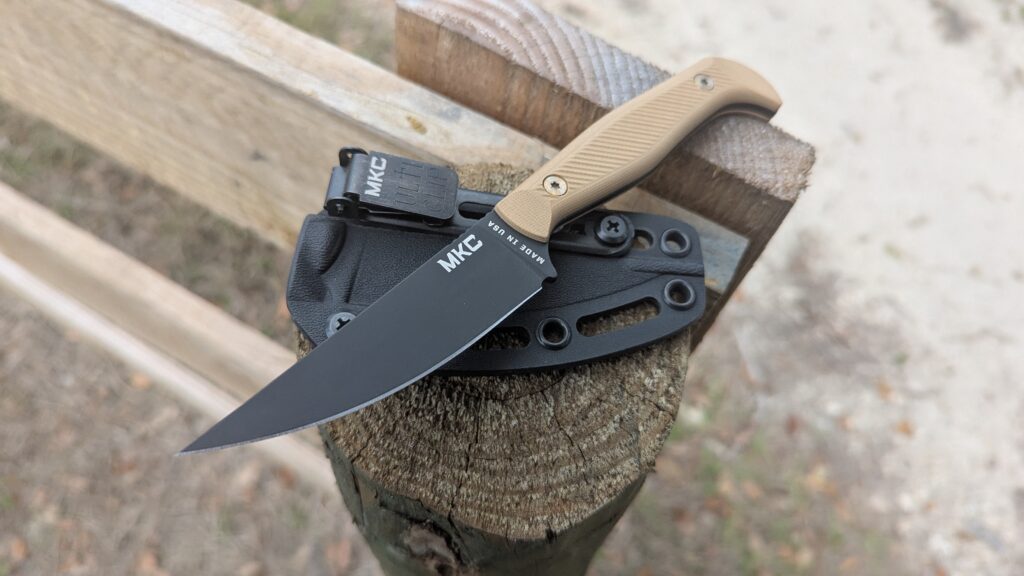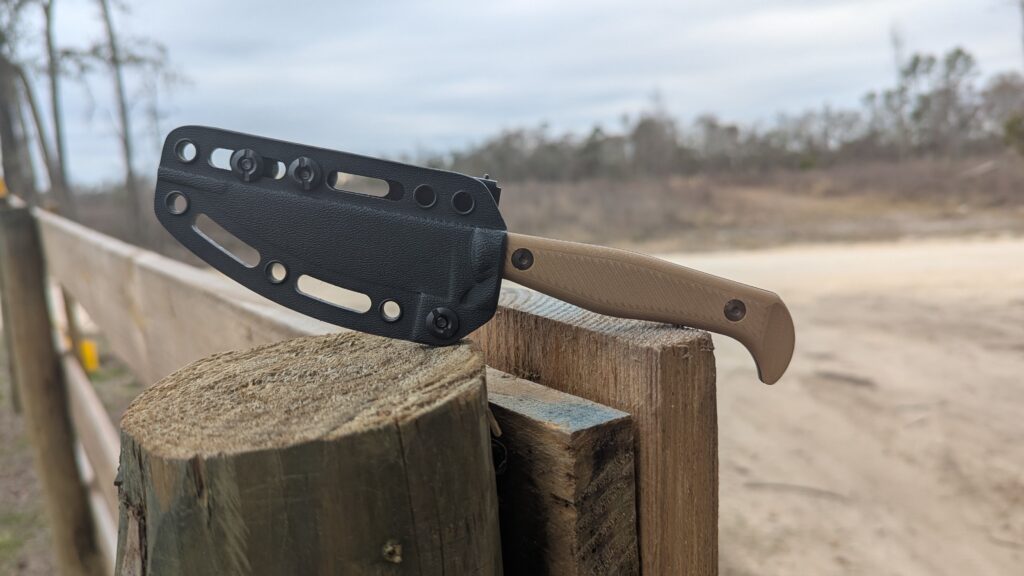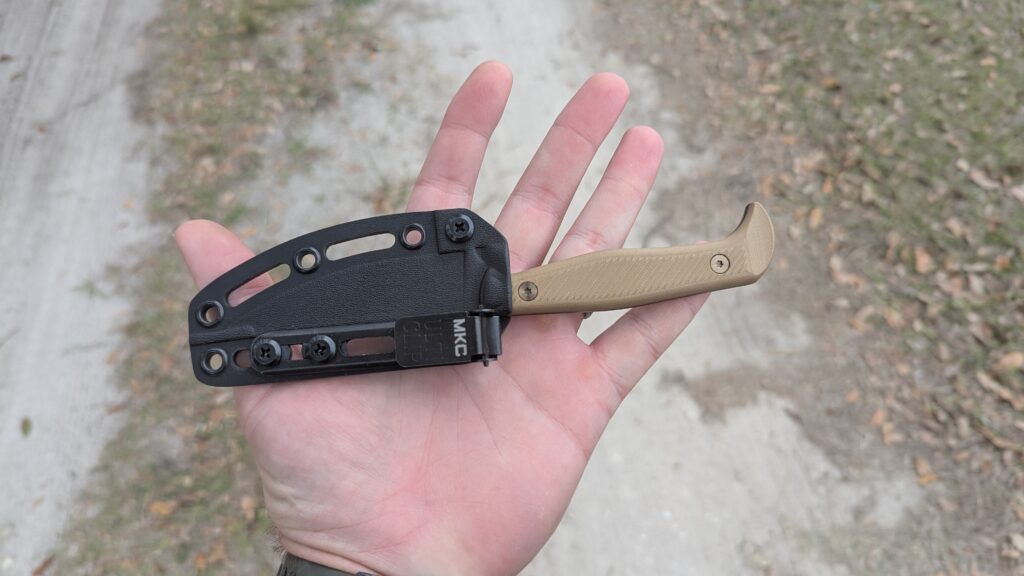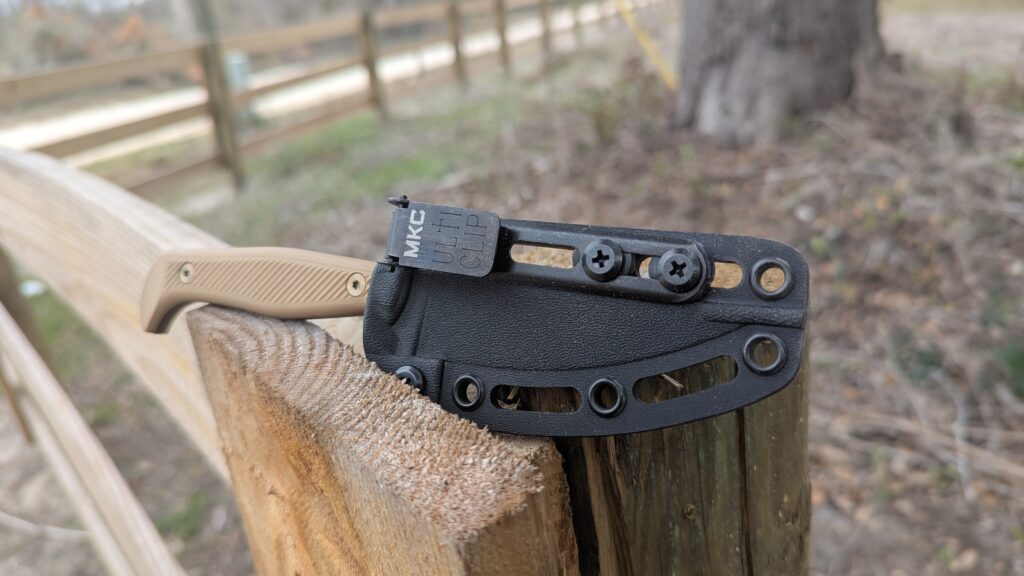Tikka T3X Action (Continued)
The Recoil Lug
Another noteworthy detail about the Tikka T3X action is the fact that its receiver has a detached recoil lug. Other bolt action receiver designs either integrate the recoil lug directly into the receiver or wear one that fits around the receiver ring like a collar (traditional Remington 700 style). However, the Tikka T3X’s detached recoil lug fits inside a slot in the stock, and makes contact with the bottom of the receiver by mating into a notch when the barreled action fits over the stock.
The factory piece is made from aluminum, but more discerning shooters like to upgrade their OEM Tikka T3X recoil lugs into pieces machined from other materials, such as steel.
The Tikka T3X Lite’s unique recoil lug arrangement is likely another way the Finnish company manufactures these rifles more cost-efficiently. It is my understanding that contact between the recoil lug and the receiver is crucial for this rifle’s accuracy. Tikka T3X Lite rifles don’t use fiberglass or pillar bedding. Technically, they’re not bedded, but the relationship between the recoil lug, receiver, and the manner in which the action contacts the stock’s hollow cavity serves as the rifle’s bedding, so to speak.
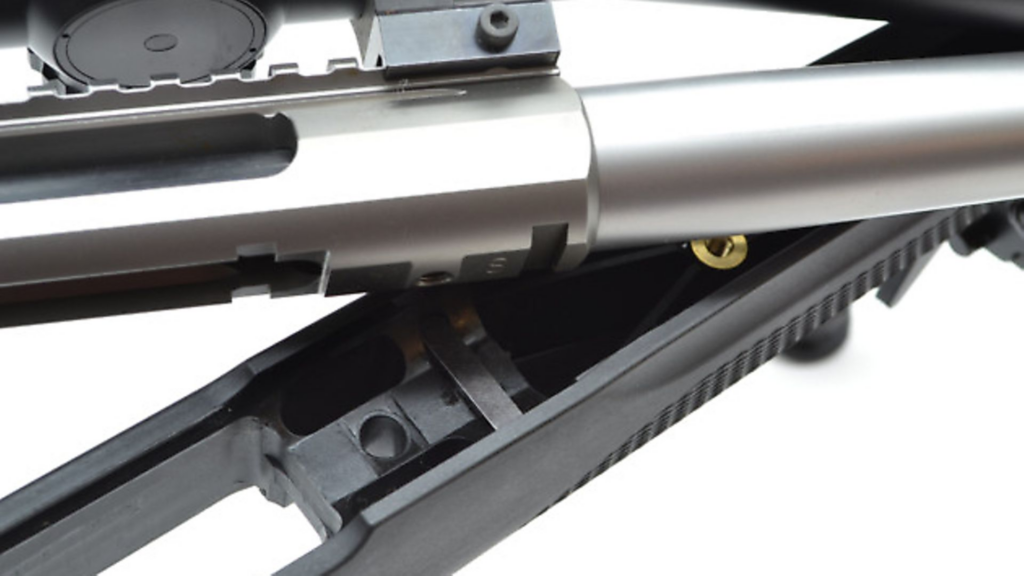
Mounting Optics
The top portion of the Tikka T3X receiver is fully enclosed and it comes drilled and tapped from the factory, ready to accept bases or rings. The top portion of the Tikka’s receiver also features a very European integral longitudinal dovetail that can accept Tikka-specific scope rings. Suffice it to say, the Tikka T3X has no shortage of optics mounting options.
Tikka T3X Lite Stock
The Tikka T3X Lite’s barreled action lays over a fairly rigid, albeit basic, black synthetic stock. It has a curved pistol grip and an “American” style straight comb.
On the rifle I’m writing about, the Leupold Mark4 HD rifle scope is mounted via a Picatinny scope base and medium-height Picatinny compatible rings. This specific scope and mount combination pairs well with the stock’s straight comb. Now, having shot two different Tikka bolt guns that essentially ship with the same stock (this one and the .22 caliber rimfire T1X), I wouldn’t hesitate to recommend medium-height scope rings to make sure the comb and the scope’s ocular lens line up correctly to a shooter’s face.
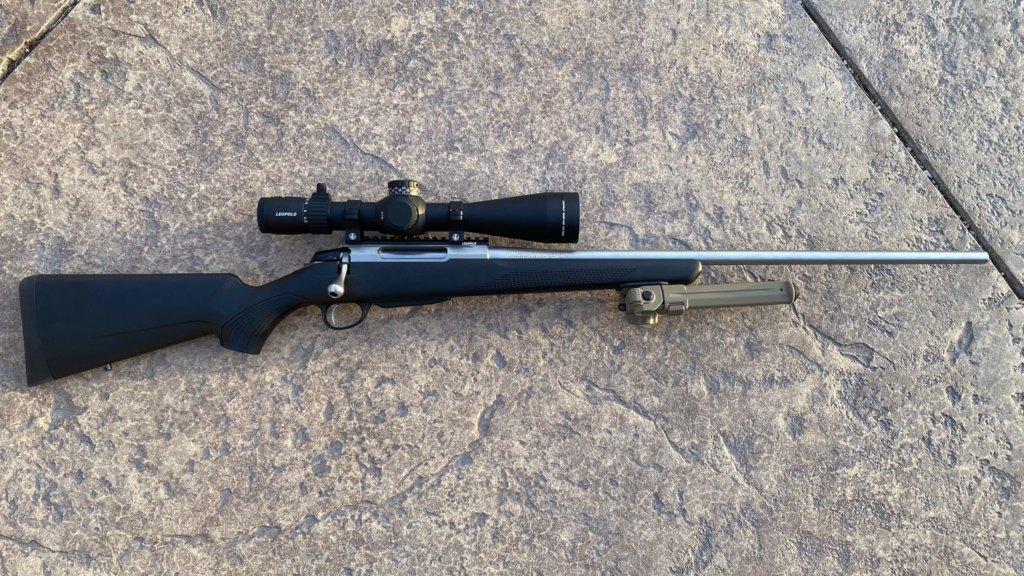
By using the word “basic” to describe the Tikka T3X Lite’s stock, I don’t mean to denigrate it or imply that it is flimsy or cheap. It doesn’t feel that way, but it’s basic because it’s straightforward field synthetic stock. It doesn’t have any precision-stock style contours or bag-friendly surfaces.
The forestock ahead of the magazine is flat enough to reasonably shoot off a field pack, but it isn’t extra-wide or overly flat either. It’s traditional.
This stock comes equipped with front and rear swivel studs, and I noticed that Tikka was kind enough to include a pair of sling swivels in the box from the factory, too. The recoil pad found on the stock’s butt is adequate, and I do like that its heel is rounded to facilitate rolling the rifle onto the shoulder from a field position.
Tikka T3X Lite Pistol Grip
The Tikka stock’s pistol grip has moderate texturing and a very gentle convex ambidextrous palm swell. It is comfortable and fills the hand reasonably well while making it easier to keep the thumb of the shooting hand on the same side as the rest of its fingers.
The entire pistol-grip area is designed as an interchangeable module and held in place by a screw. It allows end users to swap it out for different units to change the feel of the rifle. For example, one could add a pistol grip with a more vertical angle that’s similar to those found on precision-style stocks.
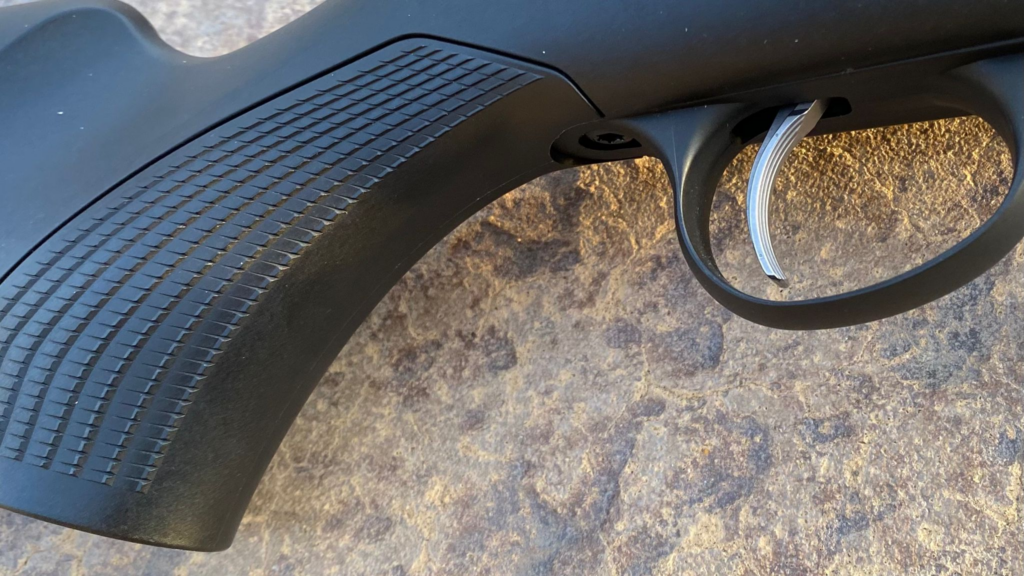
The Trigger
These rifles make use of a silver-colored serrated single-stage trigger that’s adjustable by a set screw, but I did not adjust it. Its adjustment range varies between 2-4 lbs, and though the rifle’s trigger can be adjusted for a pull weight of less than two pounds, dropping the pull weight too low can be extremely dangerous.
The trigger itself looks fantastic as a complimentary accent piece to the rest of the rifle’s stainless steel metal parts, like the bolt, barrel, and receiver. While I didn’t have my trigger pull scale with me for this Christmas trip, I’m making an educated guess that this Tikka T3X Lite’s trigger is breaking right around the 3-pound mark.
Tikka T3X Lite “Bottom Metal” And Blind Magazine
The Tikka T3X Lite’s “bottom metal,” or the outer frame that’s made up of its trigger guard and magazine well, is made from polymer. Like the stock, this polymer unit is basic and serviceable. And like the recoil lug, many dedicated shooters prefer to upgrade to a metal unit in order to tweak how the barreled action interacts with the stock and tune the rifle for more accuracy.
Both of the Tikka T3X Lite’s action screws use Torx heads, and in the case of the polymer “bottom metal,” 45-inch pounds is the recommended torque specification.
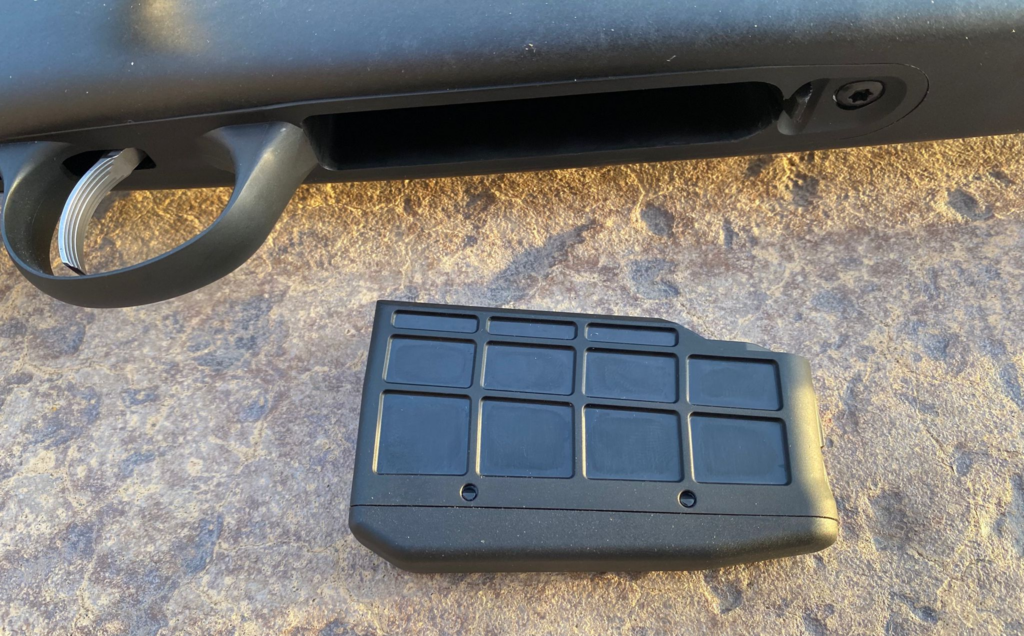
As a hunting rifle, the Tikka T3X Lite doesn’t need that many rounds. It comes with a hidden 3-round capacity detachable box magazine. Its release latch is recessed so as to be snag-free and to prevent any accidental disengagement. Like the receiver, the outer shell of the magazine and the magazine well area all use the same external dimensions.
The magazines themselves use spacers internally in order to account for a specific caliber. Feeding-wise, this magazine design has proven to be very reliable. When jacking a cartridge into the chamber, there are no binds or snags, and it’s not hard for the bolt face to strip a round off the magazine’s feed lips.

